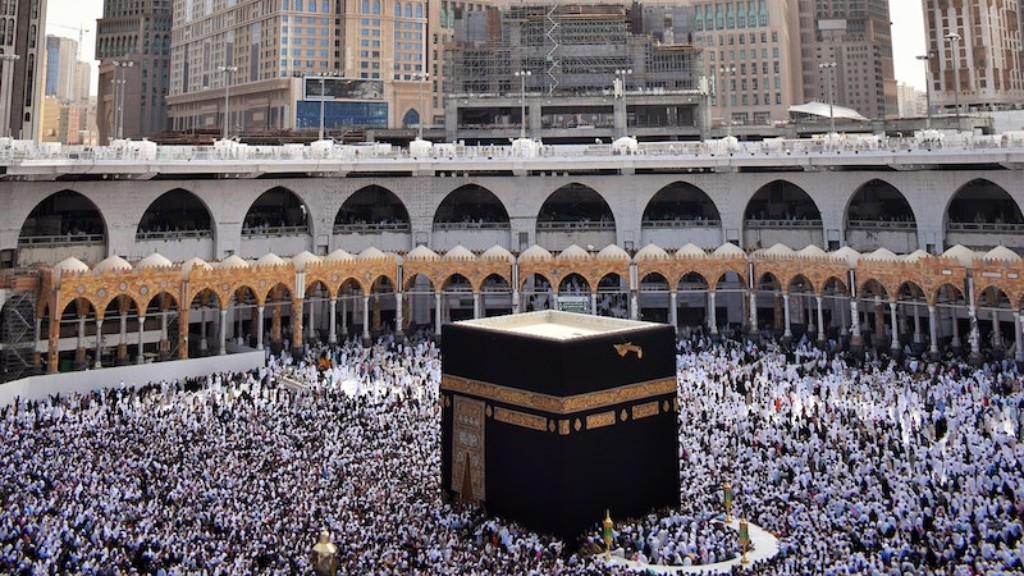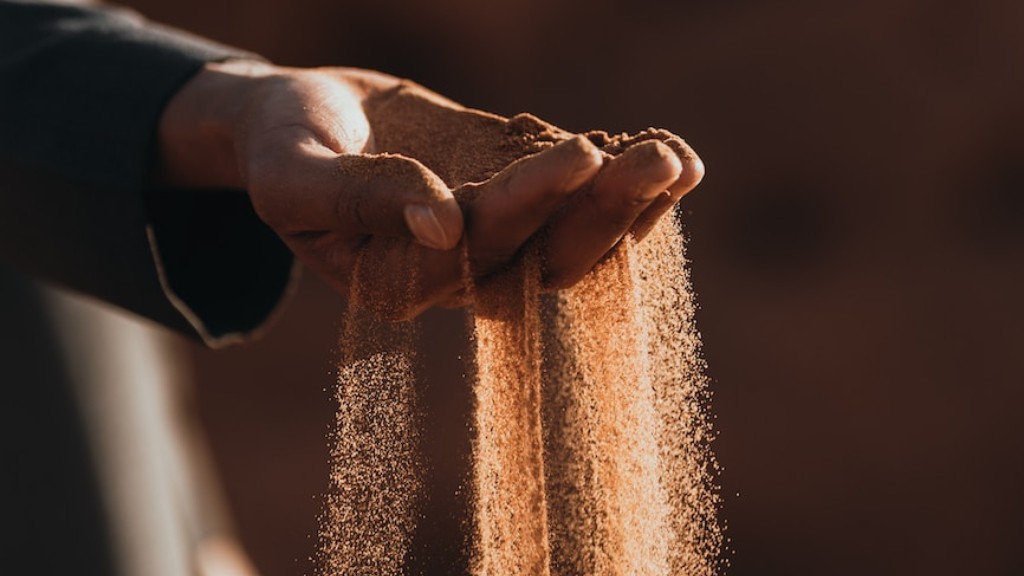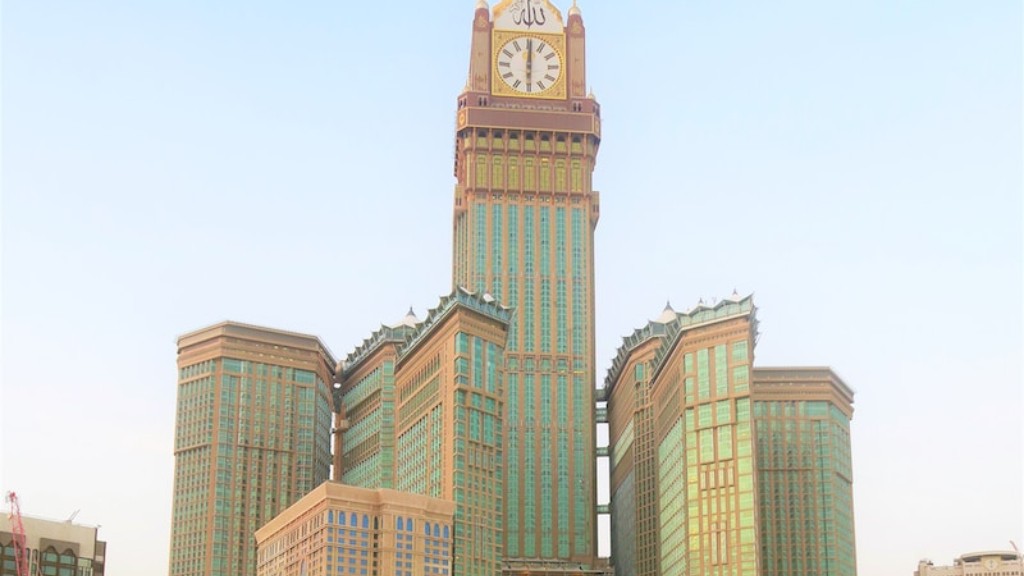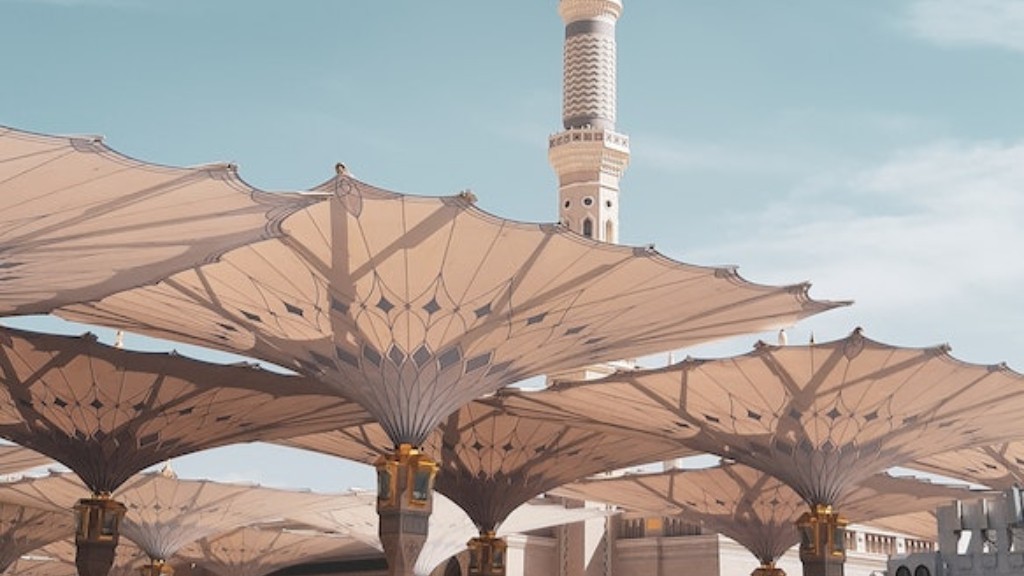Saudi Arabia is an Arabian country in the Middle East, an Islamic state governed by the Saud monarchy. The traditional clothing for Saudis is distinguished by its modesty, simplicity and elegance. The dress code in Saudi Arabia is based on that of the Islamic faith, with modulations based on local culture and customs, peculiar to Saudis.
Man’s Traditional Clothing
The traditional clothing of men in Saudi Arabia consists of a cylindrical or cone-shaped cap, a long white dress (thawb) with a simple cut, a red-white-striped cloak (bisht), and a wallet (mashrabiya).
The cap fits under the turban, and usually comes in white or red color with a black string running along the sides. The thawb (or dishdasha) is made of simple and plain fabric, commonly white, and is usually medium long, either ankle-length or reaching up to the heel of the foot. The bisht is a loose-fitting garment, customarily white and decorated with red-white stripes, usually made of wool and falling along the course of the shoulders. The mashrabiya, or wallet, is a tube-like brown bag made from cotton or leather, in which men keep their personal items and papers.
Woman’s Traditional Clothing
Women’s traditional clothing in Saudi Arabia is highly conservative, and although a majority of women wear the black abayas or burqas, some regions have their own styles of dress. In the northern region, the black abaya and veil are combined with a white gown known as the thob. In the eastern province, the abaya is combined with a multicolored shawl and headscarf, and a black face veil, known as the shila, is worn.
The most commonly worn piece of clothing for women is the abaya, a loose-fitting black robe designed to cover the entire body from the neck to the ankles. Abayas can be made from a variety of materials, such as cotton, silk, and satin. Some abayas also feature embroidery and smocking on the sleeves and bodice for added sophistication and elegance.
Women also wear the burqa, which is a full-length veil that covers the entire body from head to toe. It is usually black, and is usually worn with a long black dress and headscarf. The burqa is generally seen as a more conservative form of dress compared to the abaya, and is predominantly worn in more rural areas and by older generations of Saudi women.
Different Styles in Saudi Arabia
Although the traditional clothing of Saudi Arabia is prescribed in terms of modesty and simplicity, there are variations in style based on age, region, and occupation. For younger generations, more modern styles of clothing have become popular, while regional variations are also often featured. For instance, while the abaya and veil are the traditional dress of women in western cities such as Riyadh, women in the south-eastern region tend to wear brightly colored thobes with embroidery.
Many industry professionals, especially those working in business and technology, often favor more modern styles of dress, such as business suits and skirts, although modest and conservative dress is still expected. However, even modern styles must adhere to certain dress codes, such as not showing too much skin, avoiding tight-fitting clothing, and wearing modest accessories.
Importation of Western Clothing
The influx of foreign cultures and the increasing acceptance of Western styles of dress have changed the traditional attire of Saudi Arabia. Western-style clothing, such as jeans, t-shirts, and skirts, have become increasingly popular among men and women; although such clothing must still adhere to traditional standards of modesty.
The importation of Western-style clothing has been encouraged by the government, which has been encouraging foreign investors to build malls and shops that cater to the growing demand for Western clothing. This has led to a sharp increase in the availability of clothing from the West, although traditional clothing remains the norm in more rural areas.
Two Piece Dresses
The emergence of two-piece dresses, consisting of a long skirt and a long-sleeved top, has become one of the most popular styles in modern Saudi Arabia. The two-piece dress is available in a variety of colors, fabrics, and styles, and can be tailored to the individual’s preferences. This style of dress is particularly popular among younger generations, who often combine it with other, more traditional pieces of clothing to create unique and fashionable looks.
Modest and Stylish Attire
Overall, the clothing style of modern Saudi Arabia is a blend of traditional and modern styles. Traditional clothing is still the norm, and, although foreign-style clothing is popular, it must still adhere to traditional standards of modesty. The emergence of two-piece dresses has enabled young Saudis to create fashionable, unique, and stylish looks while still adhering to the principles of modest attire.
Summer Wear
Although traditional styles of attire in Saudi Arabia remain largely unchanged, some modifications have been made to accommodate for the hot climate. During the summer months, lighter fabrics and loose-fitting clothing are more commonly worn in order to keep cool. During these months, the thawb is often made of lighter materials such as cotton or polyester, and flowy fabrics such as chiffon and silk.
Shopping for Clothes
Shopping for clothing in Saudi Arabia is no different than shopping in any other country, although there are some cultural and religious considerations to take into account. It is important to remember that clothing must adhere to Muslim dress codes, and boutique stores and online shops often cater to this demand.
Women’s clothing typically follows the traditional styling of abayas and hijabs, while also offering a variety of colors and fabrics. Men’s clothing typically consists of thawbs and kaffiyas in a range of colors and styles.




